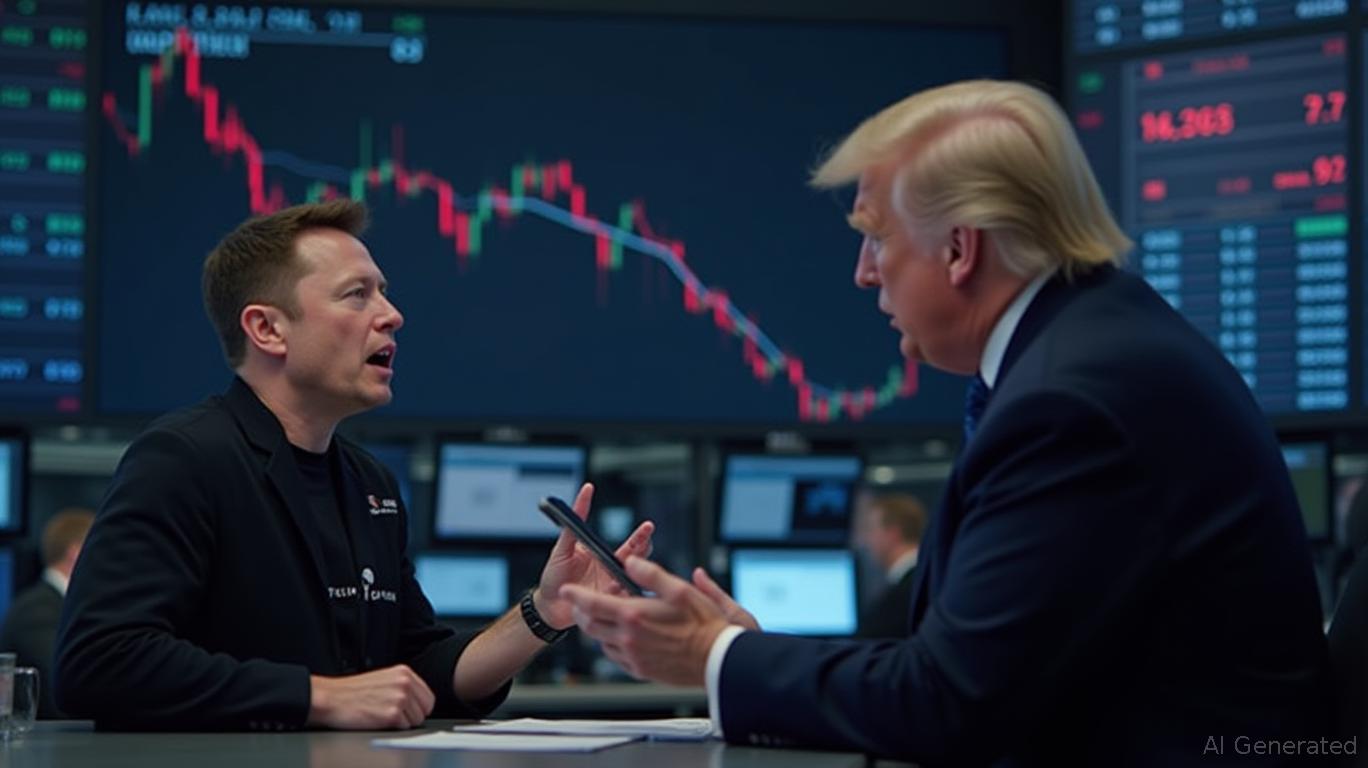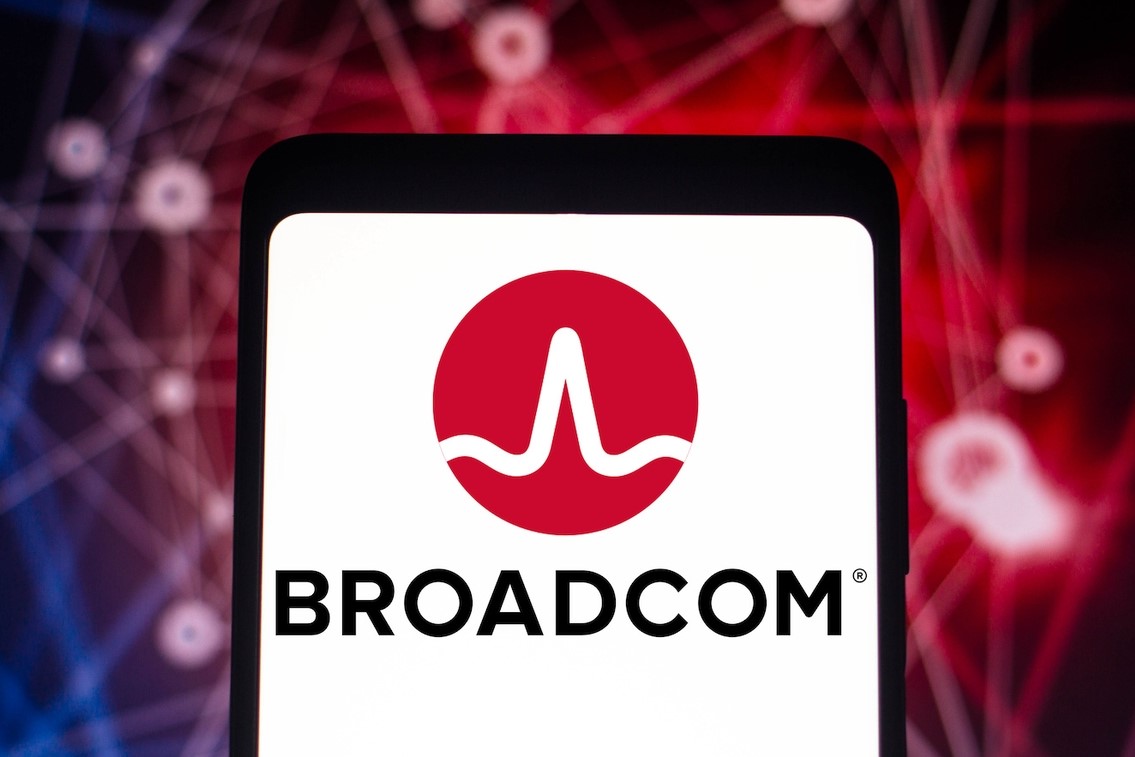FIFA Migrates NFT Platform to Own EVM-Compatible Blockchain
FIFA is making a significant move into the decentralized world by establishing its own blockchain infrastructure, an EVM-compatible blockchain network. This network will serve as the foundation for FIFA Collect, the organization’s official NFT platform, which is transitioning from its current blockchain, Algorand, due to its impending bankruptcy.
The migration of FIFA Collect to the new EVM-compatible blockchain is scheduled to begin on May 20. This shift represents more than just a change of platform; it signifies FIFA’s transition from relying on third-party intermediaries to taking direct control of its blockchain operations. By adopting this new technology and rolling out its own infrastructure, FIFA aims to revolutionize how fans interact with the game in the coming years.
After the migration, FIFA Collect will exclusively support EVM-compatible wallets such as MetaMask. This move aligns with the growing trend of EVM-compatible chains becoming dominant players in the landscape of non-fungible tokens and decentralized applications. These chains are favored for their developer-friendly infrastructure and widespread support across various wallets.
FIFA’s ambitions in the blockchain space extend beyond collectibles. The organization is also venturing into gaming with FIFA Rivals, an officially licensed Web3 game developed by Mythical Games. Unlike FIFA Collect, which is moving to an EVM chain, FIFA Rivals is built on Polkadot, a decentralized, highly scalable multi-chain network known for its seamless interoperability across different blockchains.
FIFA Rivals offers a more community-centric and interactive gaming format, leveraging Polkadot’s technology tailored for gaming applications. The game features asset ownership, an in-game economy, and decentralized identity, representing a significant advancement in how sports games can engage fans. Polkadot’s involvement is particularly noteworthy, as the network aims to onboard millions of new users into the Web3 ecosystem, and FIFA Rivals is already attracting global fans who are new to blockchain technology.
FIFA’s two-pronged strategy—owning a blockchain network for collectibles and authorizing immersive games based on decentralized infrastructure—demonstrates a deep understanding of the evolving digital landscape. While many organizations have experimented with NFTs and blockchain, FIFA is integrating these tools into the core of its fan engagement strategy. With its own EVM-compatible blockchain, FIFA can experiment directly with fan tokens, digital ticketing, loyalty rewards, and interactive event experiences.
Ask Aime: How would FIFA's blockchain move impact the NFT market?
FIFA Rivals showcases how blockchain can be integrated into mainstream gaming without overwhelming users with technical complexity. This ecosystem approach focuses on collectibles, community, and gaming, reflecting Web3’s new direction where users are active participants and owners of content in decentralized spaces.
As FIFA prepares to launch its blockchain and migrate FIFA Collect on May 20, all eyes will be on the platform to see how it evolves in its new, self-managed environment. The exclusive support for EVM wallets like MetaMask is expected to widen the Web3 user base, and the move away from Algorand in favor of the Ethereum standard signals FIFA’s commitment to embracing dominant standards in NFT infrastructure. Alongside the success of FIFA Rivals on Polkadot, these developments indicate that FIFA is not just experimenting with blockchain but is building a future based on it.











